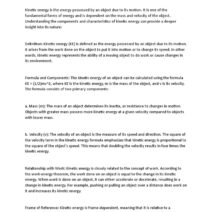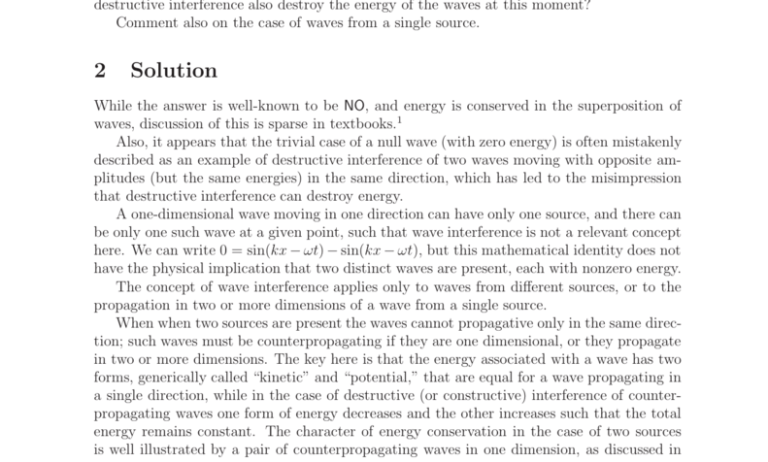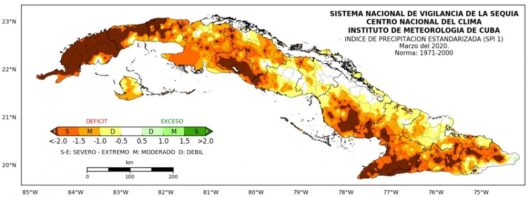Understanding the principles of energy conservation is quintessential in the study of physical phenomena, particularly when analyzing wave behaviors such as destructive interference. This concept illustrates the intriguing interplay between waves, asserting that when they meet under the right conditions, they can cancel each other out, leading to a perceived deficit in energy. However, a deeper examination reveals that energy does not simply vanish; instead, it transforms its manifestation, inspiring a shift in perspective on how energy interacts in our universe.
At the heart of destructive interference lies the fundamental nature of waves. Waves can be longitudinal or transverse, exhibiting properties such as amplitude, frequency, and wavelength. When two waves coexist in the same medium, their interactions can lead to either constructive or destructive interference. In the case of destructive interference, the crests of one wave might align with the troughs of another, resulting in a net displacement that is less than either wave individually. It is here that curiosity surfaces: if the energy of these waves is seemingly eliminated, where does it go?
To illuminate this concept, one must consider the principle of superposition. This principle states that when two or more waves overlap, the resultant wave is the sum of the individual waves at every point in space. Destructive interference occurs specifically when the waves are out of phase. In more technical terms, if two waves have the same frequency and amplitude but travel in opposite directions, they will interfere destructively, resulting in a wave with reduced amplitude. This does not equate to a loss of energy; rather, it highlights the versatility of energy forms. The energy previously manifested in the height of one wave now resides in the potential for future interactions or transformations.
One can visualize waves as carrying energy through a medium. Just as water waves possess kinetic energy that can elevate objects on the surface, sound waves impart energy to the air, conveying harmonics and resonance. In the instance of destructive interference, the collision of opposing waves redistributes energy throughout the medium, contributing to a holistic balance rather than a simple dichotomy of presence and absence.
Moreover, consider the analogy of musical notes. When two musicians play the same note in perfect harmony, the sounds amplify each other, creating a resonant experience. Conversely, if they play notes that are out of phase, the resulting sound diminishes. This auditory phenomenon mirrors the principles of wave interference. While the resultant sound may seem quieter, the energy has not disappeared; it is simply redistributed within the medium, awaiting new waves of sound to emerge or resonate with. This notion prompts one to re-evaluate common assumptions about energy—specifically that it dissipates rather than transforms.
Exploring further, the idea of energy conservation during destructive interference takes on profound implications in various fields of physics and engineering. In disciplines such as acoustics and optics, understanding how energy is conserved during wave interactions allows for innovative applications. For example, noise-canceling headphones leverage destructive interference to reduce unwanted ambient sounds. By generating sound waves that negate incoming noise, they illustrate a practical use of the energy redistribution principle. The soundwaves are not eliminated; instead, they are transformed into a variant form that reduces interference. Engineers harness this phenomenon to create spaces where sound can be controlled, leading to improved environments for communication and productivity.
Similarly, in the realm of quantum physics, wave-particle duality emphasizes the delicate balance of energy states. Electrons, photons, and other particles can exhibit wave-like properties, demonstrating both constructive and destructive interference at unimaginable scales. Through this perspective, it becomes evident that energy transformation is a constant principle within the universe, as particles exchange energy through interactions that can either amplify or diminish their presence in specific regions of space. The elegant dance of energy within this framework serves as a reminder that all forces are intrinsically linked, urging one to contemplate the interconnectedness of energy in greater detail.
Furthermore, the implications extend beyond the theoretical. In addressing climate change and our environmental impact, understanding the conservation of energy can lead to more effective strategies. Energy transitions, whether from fossil fuels to renewables, hinge on recognizing that energy can be redirected, transformed, and optimized rather than merely consumed. Just as sound waves can be harnessed for beneficial purposes through destructive interference, we can rethink our energy usage and innovate solutions that respect the delicate balance and conservation of energy in our ecosystems.
In conclusion, destructive interference does not lead to a diminishment of energy; rather, it illuminates the dynamic nature of energy transformation. Waves that seemingly cancel each other out inspire curiosity and challenge preconceived notions of energy as a finite resource. By embracing this understanding, one may unveil a new layer of appreciation for the complexities of nature. The seemingly paradoxical nature of energy conservation within destructive interference serves as a reminder that the universe is in a state of continuous flux—always poised for transformation, always ready to innovate. This realization is not just confined to the physics of waves but resonates within the broader context of our existence, compelling us to view our energy consumption and environmental stewardship through a lens of sustainability and interconnectedness.








